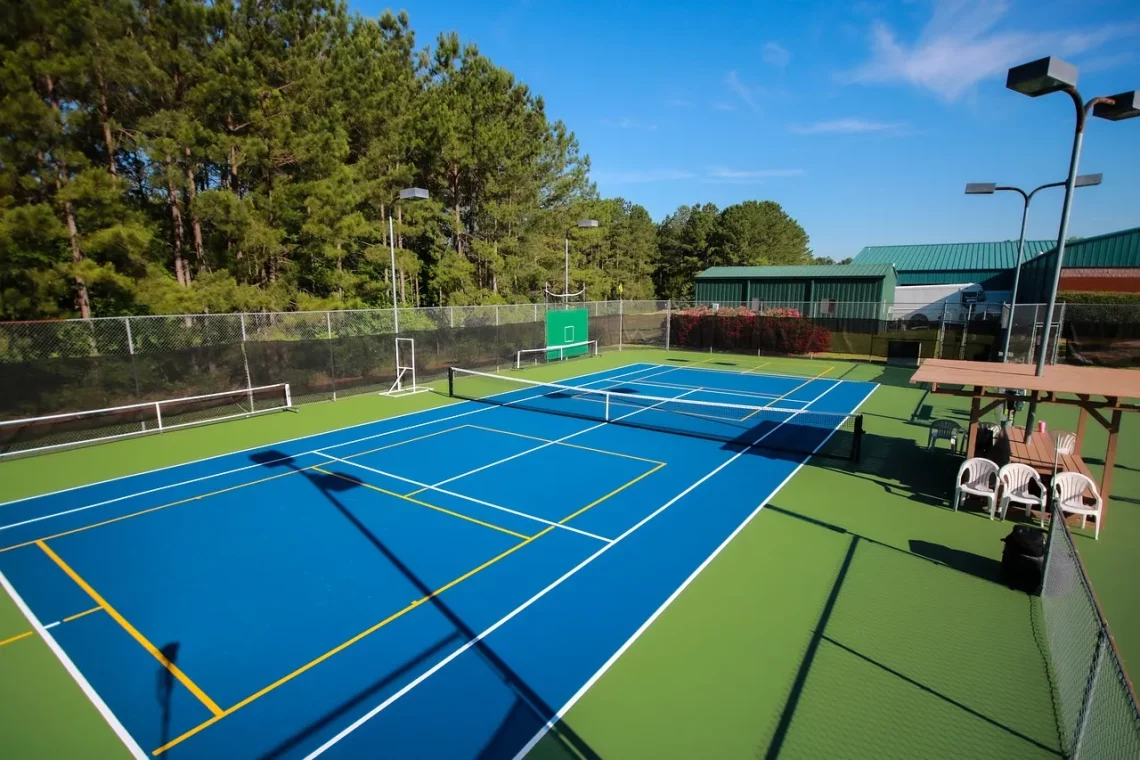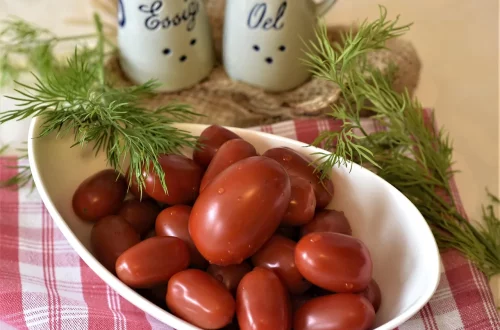
Mastering Your Pickleball Paddle Grip for Better Performance
Mastering the right grip on your pickleball paddle is a fundamental aspect of improving your game. Many players overlook this critical component, focusing instead on their swing mechanics or court positioning. However, the grip you choose can significantly impact your control, power, and overall performance on the court. A proper grip not only enhances your ability to hit accurate shots but also helps prevent injuries that can arise from incorrect handling of the paddle. As players of all skill levels strive to elevate their game, understanding the nuances of paddle grip becomes essential.
The importance of grip extends beyond mere comfort; it influences how you interact with the ball and respond to various game situations. Different grips can facilitate a range of shots, from powerful serves to delicate dinks. Each grip style has its unique advantages, and players must experiment to find what works best for their playing style. Additionally, a well-maintained grip can boost your confidence, allowing you to focus on strategy and execution rather than worrying about mishandling your paddle.
In the following sections, we will explore the various types of grips, their advantages, and how to transition between them effectively. Whether you are a beginner seeking to lay a solid foundation or an experienced player looking to refine your technique, mastering your pickleball paddle grip is a crucial step toward achieving better performance on the court.
Understanding Different Types of Grips
When it comes to pickleball, there are several types of grips players can adopt, each with its distinct advantages and applications. The most common grips include the Continental Grip, the Eastern Grip, and the Western Grip. Understanding these grips will help you make informed decisions about which one to use in different situations.
The Continental Grip is often considered the most versatile. It allows players to execute a wide variety of shots, including serves, volleys, and overheads. To achieve this grip, hold the paddle as if you were shaking hands with it, positioning the base knuckle of your index finger on the second bevel of the paddle. This grip is particularly effective for quick exchanges at the net and provides excellent control.
Next up is the Eastern Grip, which is favored by many players for its balance between power and control. To adopt this grip, place the base knuckle of your index finger on the third bevel of the paddle. The Eastern Grip is excellent for hitting topspin shots and is often used for forehands. This grip allows for more leverage, enabling players to generate significant power without sacrificing accuracy.
Lastly, there’s the Western Grip, which is less common but highly effective for players who enjoy hitting with heavy topspin. To use this grip, place the base knuckle of your index finger on the fourth bevel. This grip restricts the ability to hit volleys and serves but excels at groundstrokes. Players who use the Western Grip often find it easier to generate topspin, making it an excellent choice for baseline rallies.
Understanding these different grips and their applications will enable players to adapt their style according to the demands of the game. Experimenting with each grip can help you discover which one feels most comfortable and effective for your personal playing style.
The Importance of Grip Pressure
While the type of grip is essential, equally important is the pressure you apply while holding the paddle. Grip pressure can significantly influence your control and shot execution. Maintaining the right balance—neither too tight nor too loose—is crucial for optimal performance.
A grip that is too tight can lead to tension in your arm and shoulder, reducing your swing’s fluidity and increasing the risk of injury. Over time, tight gripping can result in conditions such as tennis elbow, which can sideline players for extended periods. On the other hand, a grip that is too loose may result in a lack of control over your shots, causing the paddle to slip during critical moments.
Ideally, you want to maintain a relaxed grip that allows for quick adjustments. A good rule of thumb is to imagine holding a delicate object, like an egg. You want enough pressure to maintain control without crushing it. This relaxed grip will enable you to execute various shots more efficiently, from powerful serves to subtle dinks, giving you the flexibility to adapt to the game’s pace.
In practice, you can develop the right grip pressure by incorporating drills that emphasize touch and control. For instance, practice hitting the ball softly with minimal force while maintaining your grip. This will help you find that sweet spot where control meets comfort. Additionally, paying attention to how your grip feels during different phases of a match can help you adjust your pressure as needed.
Transitioning Between Grips During Play
One of the hallmarks of an advanced pickleball player is the ability to transition smoothly between different grips based on the situation at hand. This skill can be a game-changer, allowing you to adapt your shots effectively in response to your opponent’s play.
For instance, when you are at the net and anticipating a volley, you might opt for the Continental Grip for quick reactions. However, if you find yourself further back on the court, preparing for a groundstroke, you can switch to an Eastern or Western Grip to generate more power and topspin. Mastering these transitions requires practice but can significantly enhance your game.
To facilitate this, consider incorporating grip transition drills into your practice routine. For example, set up a series of shots where you start with one grip and switch to another before making contact with the ball. This exercise will help you become more comfortable with changing grips on the fly, making it easier to adapt during real matches.
Moreover, keeping your paddle position in mind is essential when transitioning grips. For instance, if you hold your paddle higher when preparing for a volley, it may be easier to switch to the Continental Grip. Conversely, lowering your paddle position can signal a shift to a groundstroke grip. Being mindful of these cues will help you make smoother transitions.
Ultimately, the ability to change grips seamlessly will not only improve your shot accuracy but also keep your opponent guessing, providing you with a strategic advantage on the court.
Maintaining Your Paddle Grip for Longevity
A well-maintained paddle grip is essential for optimal performance and longevity. Over time, the grip can wear down due to sweat, dirt, and wear and tear from regular use. Keeping your paddle in good condition not only enhances your control but also contributes to your overall comfort while playing.
To maintain your grip, start by cleaning it regularly. Use a damp cloth to wipe away dirt and sweat after each session. For deeper cleaning, consider using a mild soap and water solution. Ensure that you thoroughly dry the grip afterward to prevent moisture buildup, which can lead to slippage.
Additionally, consider replacing the grip if it becomes too worn or slippery. Many players opt to use overgrips, which can be easily applied over the existing grip to provide extra cushioning and traction. Overgrips come in various textures and thicknesses, allowing you to customize your paddle feel according to your preference.
Finally, be mindful of how you store your paddle. Avoid leaving it exposed to extreme temperatures or direct sunlight, as this can degrade the materials over time. Instead, keep it in a protective bag or case when not in use.
By taking the time to care for your paddle grip, you can ensure that it remains in optimal condition, allowing you to focus on your game rather than worrying about your equipment.
In conclusion, mastering your pickleball paddle grip involves understanding different types of grips, maintaining the right grip pressure, transitioning effectively between grips, and caring for your paddle. By focusing on these aspects, you can significantly enhance your performance on the court. Remember, the key to success in pickleball lies not just in your physical skills but also in how well you connect with your equipment.
**Disclaimer:** This article is for informational purposes only and does not constitute medical advice. For any health-related issues, please consult a qualified healthcare professional.




